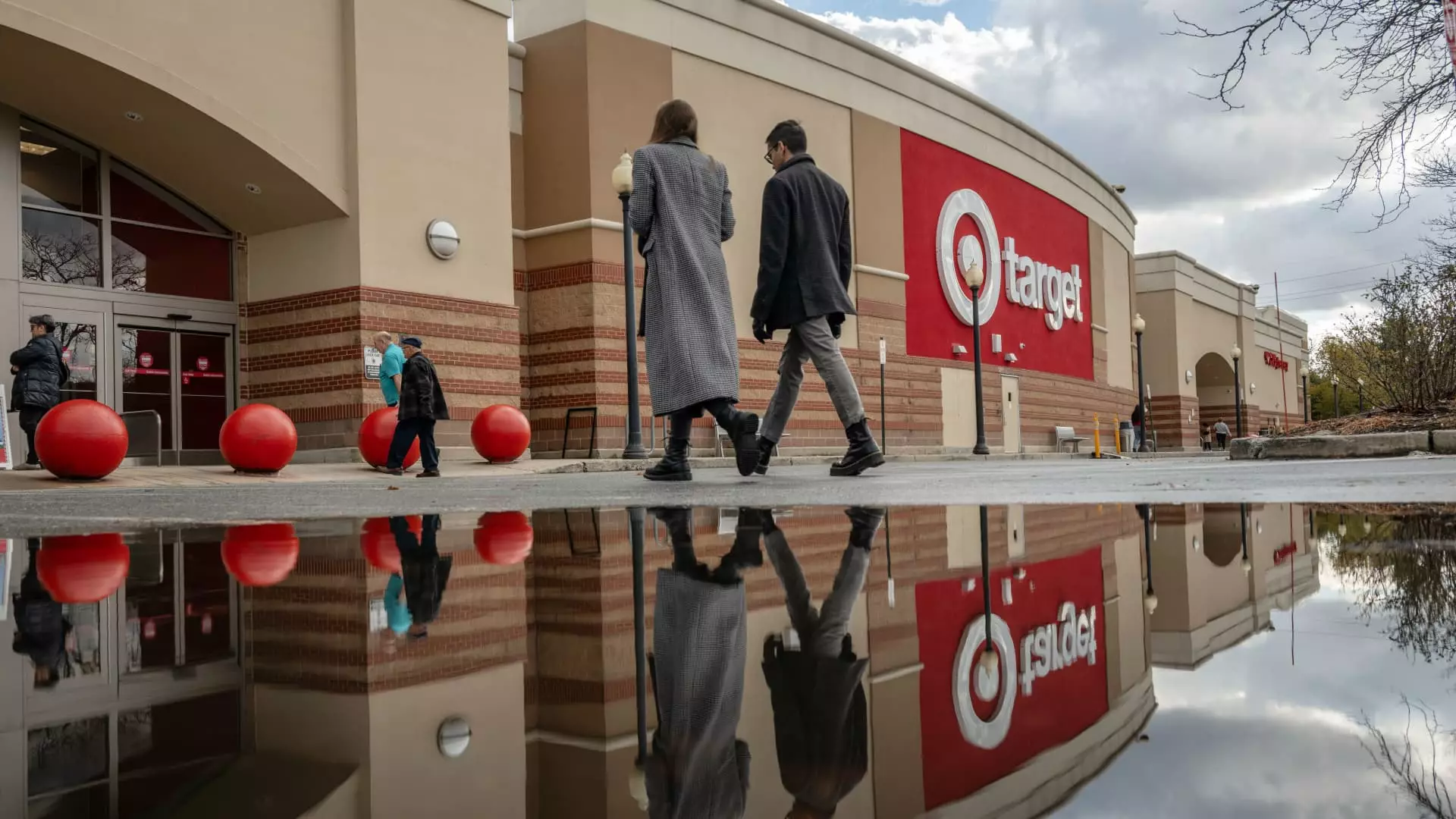As the holiday season approaches, both excitement and apprehension fill the air for retailers across the United States. This year, a mixed bag of sales forecasts has emerged, reflecting the divided terrain of consumer spending preferences. While certain brands thrive, buoyed by clever strategies and appealing products, others falter in the face of shifting consumer priorities and heightened competition. The National Retail Federation projects a modest increase in holiday spending—between 2.5% and 3.5% compared to 2022—signifying a cautious optimism that contrasts sharply with last year’s more substantial growth.
This forecast indicates a narrowing window of opportunity for retailers to engage with consumers who are now spending more judiciously. Coupons and early sales campaigns may not suffice as a means to convince shoppers to indulge in discretionary purchases. With inflation stabilizing but still palpable, consumers appear to weigh their choices carefully, opting for fewer high-quality items over a larger quantity of goods that may not hold significant importance.
Neil Saunders, managing director at GlobalData Retail, encapsulates the current sentiment among consumers saying that while spending continues, the nature of that spending has transformed. “People are still spending, but they perhaps don’t have as much to spend,” he notes. This succinct statement underscores a significant behavioral shift: consumers are gravitating towards meaningful purchases that provide tangible value and a connection to their lifestyle rather than purchasing items with fleeting novelty, which they may perceive as extraneous.
Several retailers have already registered starkly divergent experiences based on customer interactions in recent months. For instance, while industry giants like Walmart and Dick’s Sporting Goods boast upbeat sales metrics, brands such as Target and Kohl’s struggle under the pressure of uninspiring sales results. These disparities paint a vivid picture of not only differing corporate strategies but also the varied understanding of consumer needs within the holiday shopping experience.
Examining the contrasting performances of retailers sheds light on broader trends within the economy. Dick’s Sporting Goods and Abercrombie & Fitch have noted promising growth and raised their holiday forecasts. These companies perceive the changing landscape as an opportunity to expand their market share and capture consumer interest through tailored promotions and enhanced inventory strategies.
Conversely, Target and Kohl’s face significant hurdles this season, entangled in a web of disappointing forecasts and the urgent need for strategic changes. Target, in particular, is aggressively marketing its merchandise—including limited-edition items tied to cultural phenomena like Taylor Swift’s latest album—to capture the attention of consumers who might otherwise drift towards competitors. However, the upper hand remains with retailers who can adapt swiftly and align their offerings with the priorities of well-informed shoppers.
Analyzing Consumer Behavior and Inventory Management
As strategies evolve, retailers must also grapple with the challenge of inventory management. Some companies face hurdles due to an overabundance of stock that may not meet shifting consumer tastes. Analysts are sounding alarms regarding potential pitfalls as retailers rush to capitalize on holiday sales without fully grasping consumer sentiment. The case of Kohl’s, which has loaded its inventory with clothing and appliances, exemplifies the risk of misjudging shopper demands. If traffic doesn’t materialize as hoped, the store could find itself overwhelmed with surplus stock, leading to discounted items and reduced margins.
In this environment, where discretionary spending is projected to be tempered, retailers also need to offer appearances of value. Marshal Cohen from market research firm Circana suggests that consumers increasingly search for items that fulfill the promise of quality and novelty—essentially seeking the best “bang for their buck.” This inclination toward value over volume reinforces the need for retailers to rethink marketing strategies to showcase the relevance and practicality of their products.
Equally important is the proactive mindset among retailers to prepare for potential bottlenecks and obstacles that may emerge throughout the season. As history has demonstrated, external factors such as supply chain disruptions or bad weather can easily derail even the most meticulously planned sales strategies. Retailers are already attuned to these complexities and should expect to lean on a find-the-excuse mentality should their actual sales figures fall short of projections.
While the retail landscape this holiday season is riddled with uncertainty, those who prioritize consumer engagement and adapt proactively to changing preferences may find themselves adeptly navigating through the turbulence. Retailers must refine their focus and strategies, emphasizing value is key to appealing to this year’s discerning holiday shoppers. As the festive season unfurls, the critical difference between thriving and merely surviving may rest on the ability to connect intimately with what consumers truly desire.

